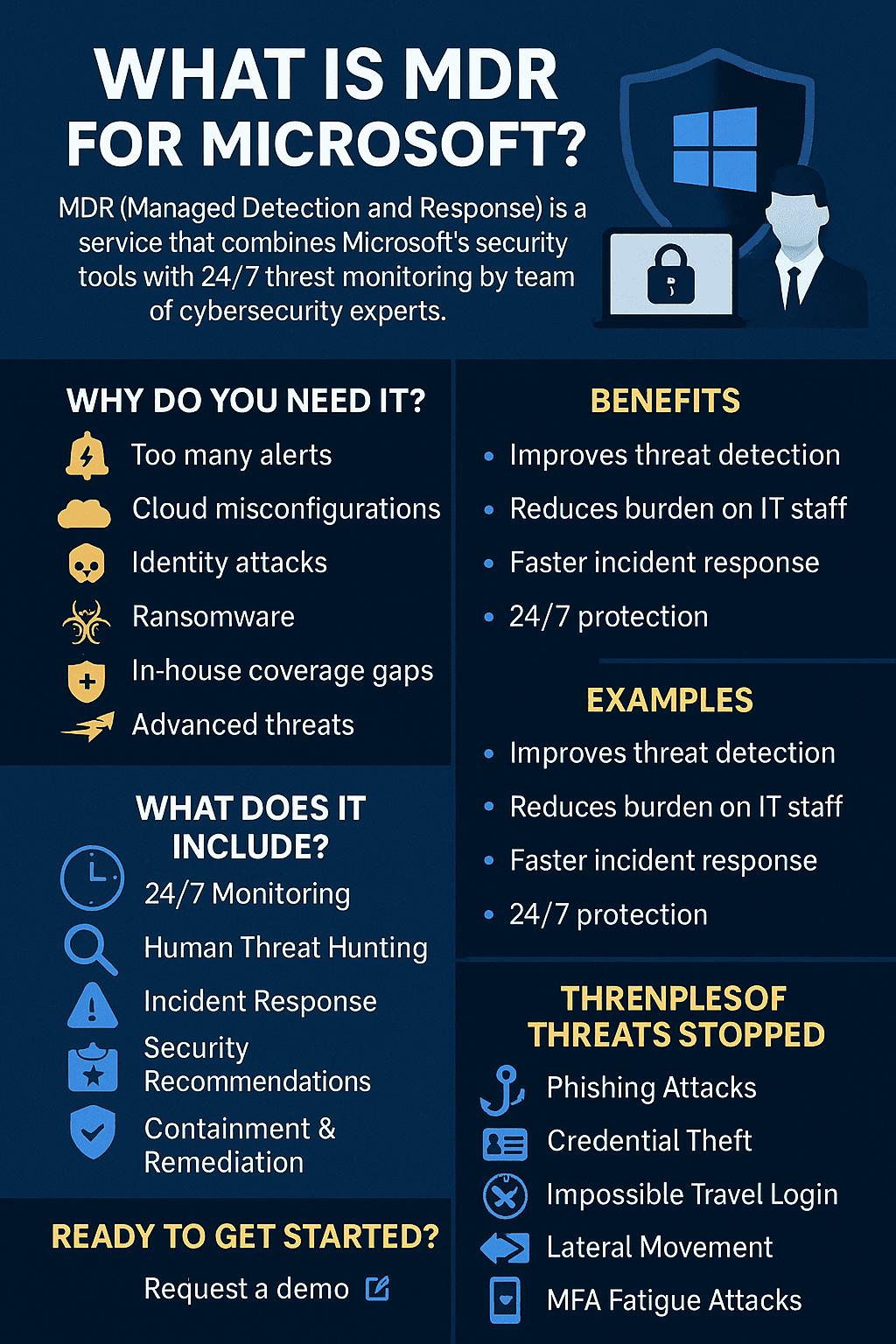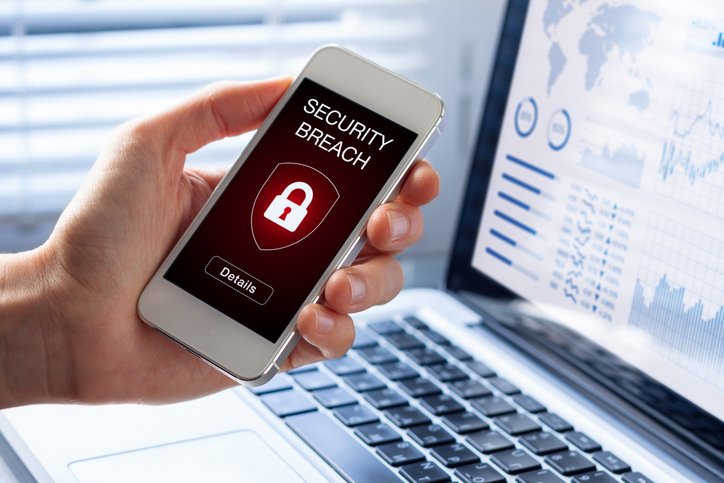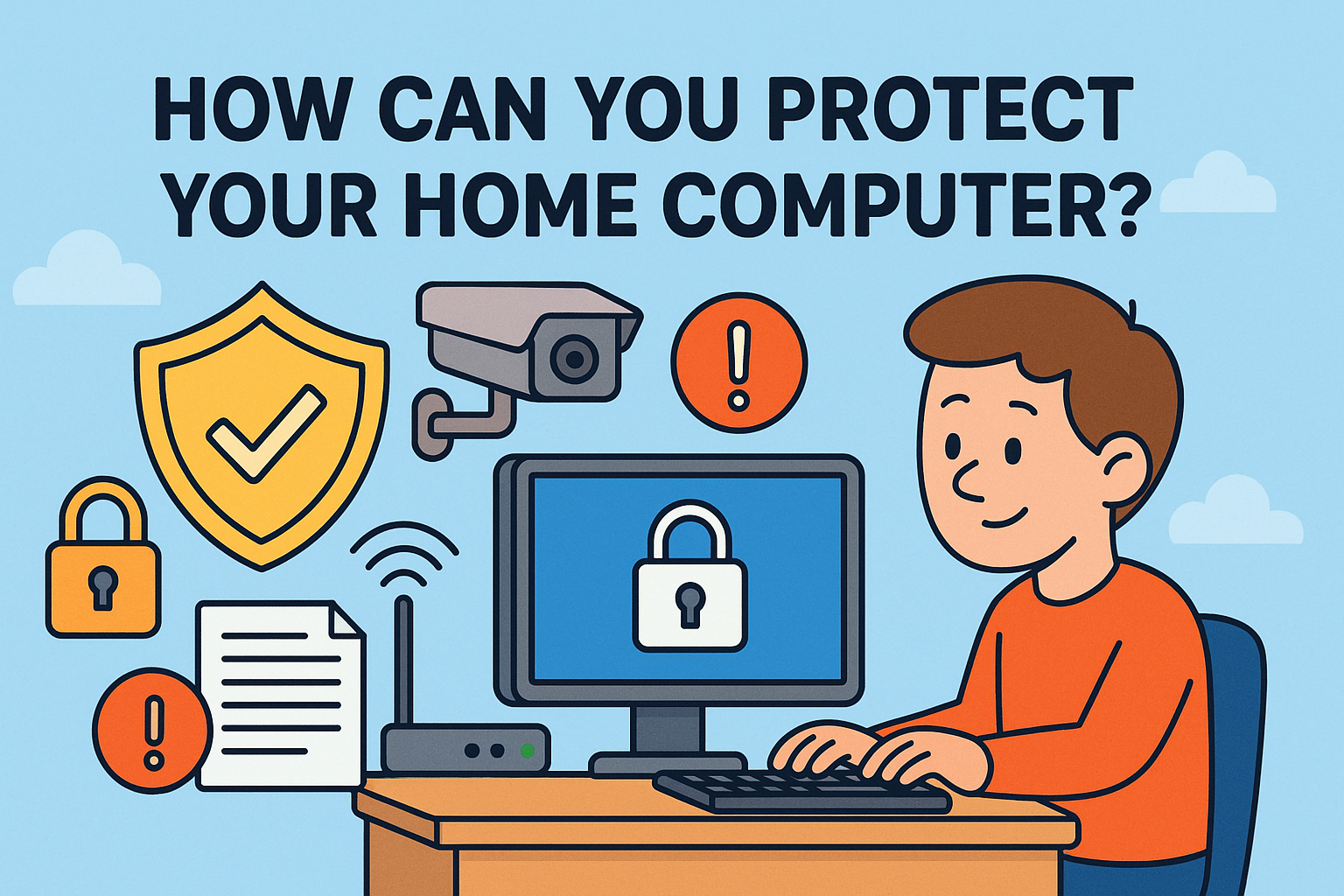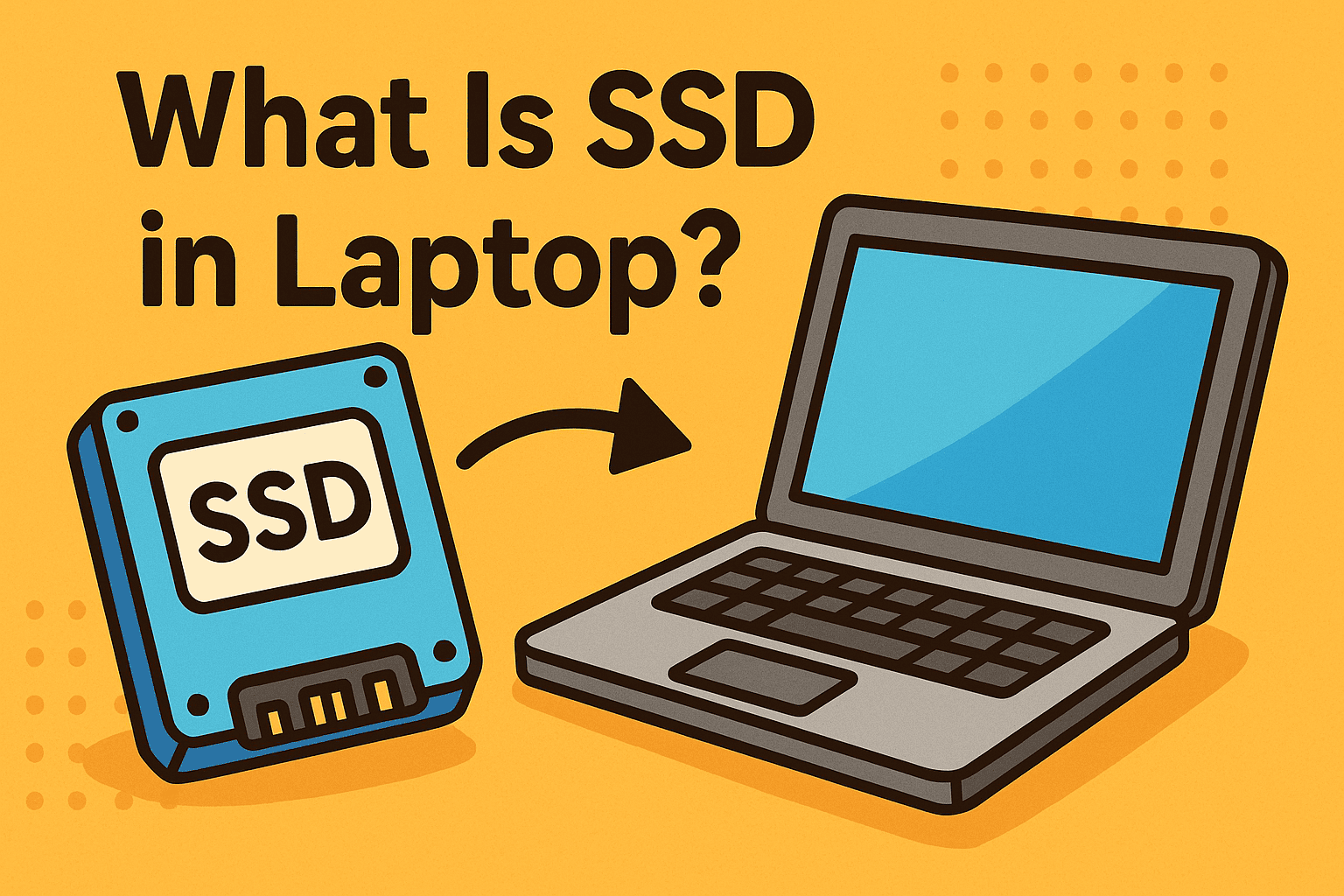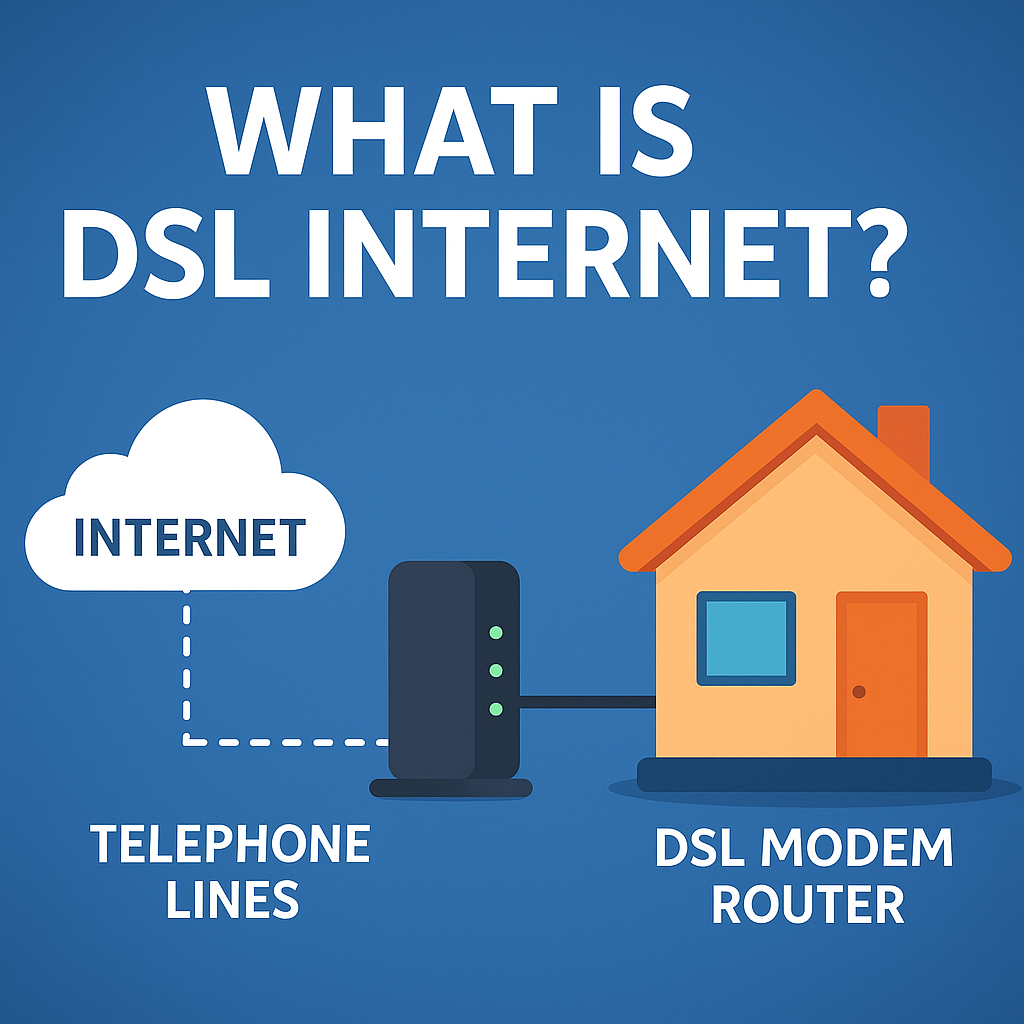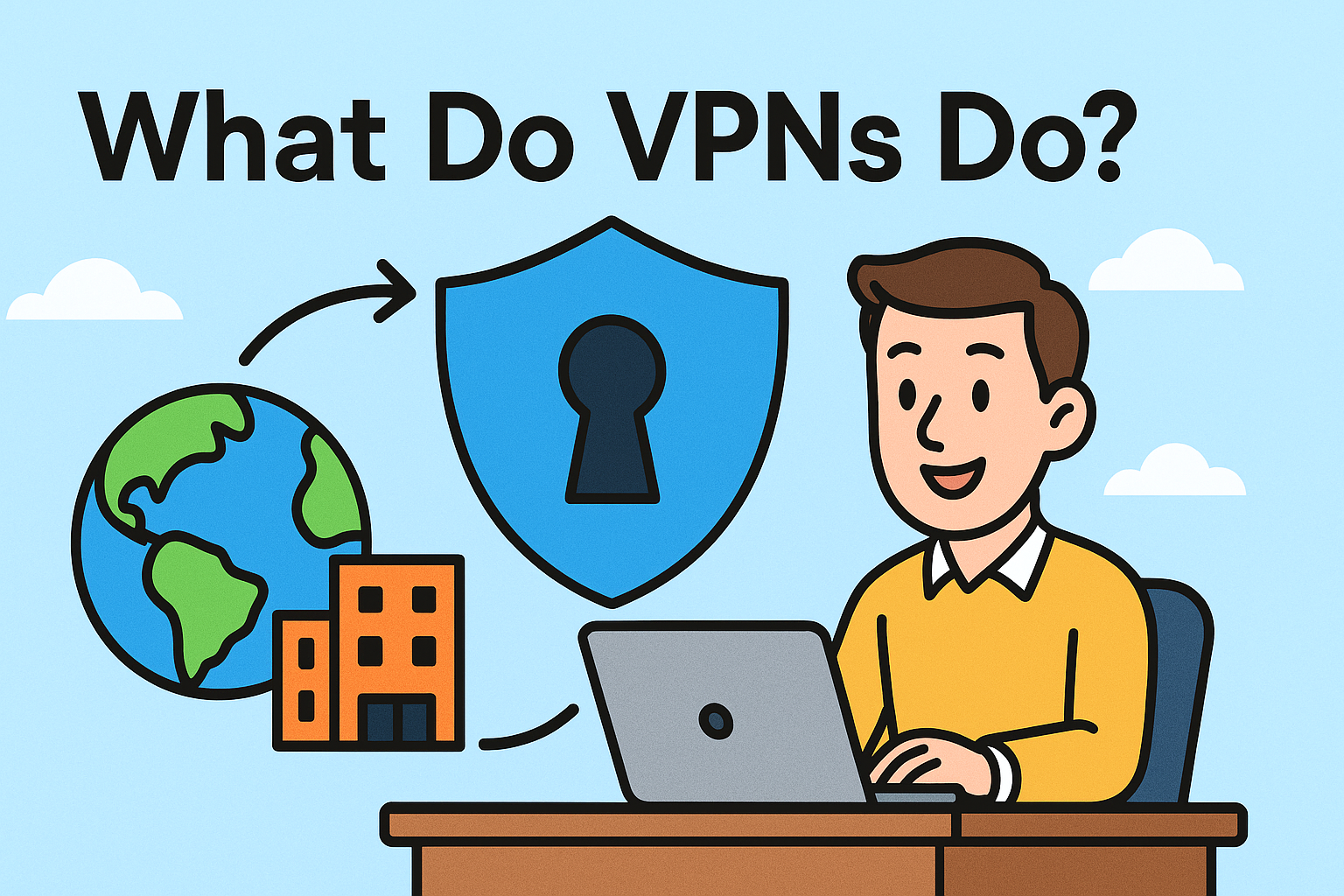What Is the Passkey? The Future of Password-Free Security
Updated on June 24, 2025, by Xcitium
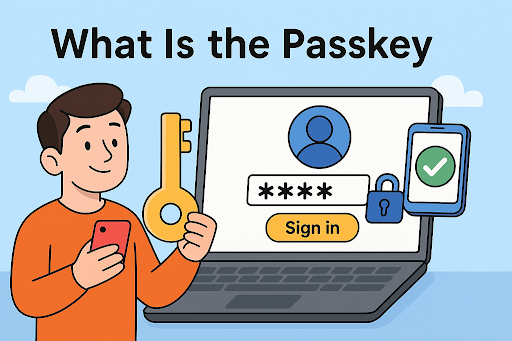
In a world where digital identity theft and data breaches are skyrocketing, understanding what is the passkey is more important than ever. A passkey is a modern, secure alternative to traditional passwords—designed to simplify and strengthen the login process.
Let’s explore how passkeys work, why they matter, and how they’re reshaping digital security for businesses and individuals alike.
What Is the Passkey?
A passkey is a unique, cryptographic credential that replaces traditional passwords with a more secure and seamless login experience. Built on public-key cryptography, passkeys eliminate the need to remember or type in passwords. Instead, users authenticate through a biometric method (like fingerprint or facial recognition) or a secure device prompt.
Unlike passwords, which can be stolen or phished, passkeys never leave your device. This makes them extremely secure and resistant to hacking or replay attacks.
How Do Passkeys Work?
To understand how passkeys function, it’s helpful to look at how they differ from passwords:
- When a passkey is created, a public-private key pair is generated.
- The public key is stored with the service (like Google, Apple, or a banking app).
- The private key remains on your device and is never shared.
- When logging in, the system sends a challenge that the device signs using the private key, proving your identity.
This authentication method is both simple for users and nearly impossible for attackers to compromise.
Passkey vs Password: Key Differences
| Feature | Passwords | Passkeys |
| User effort | Must remember & type | Uses biometrics or device login |
| Phishing vulnerability | High | Low |
| Stored on server | Yes | Only public key |
| Can be reused | Often reused across sites | Unique per service |
| Setup complexity | Low | Moderate |
Passkey vs password debates are heating up, and for good reason—passkeys provide unmatched convenience and security.
Applications of Passkeys in Cybersecurity
Passkeys are increasingly being integrated across various industries and platforms:
- Web logins: Streamlined access to websites and apps like Google, Amazon, and eBay.
- Secure apps: Used by fintech and enterprise software to reduce data breach risk.
- Enterprise environments: Secure access to VPNs, dashboards, and productivity tools.
- Bluetooth passkey authentication: Useful for pairing smart devices securely.
As passkey login adoption grows, so does the need to understand its impact on digital infrastructure.
How to Create a Passkey
Setting up a passkey is straightforward. Here’s how to do it:
- Use a supported platform: Apple, Google, and Microsoft all support passkeys.
- Navigate to your account settings.
- Choose ‘Security’ or ‘Password & Sign-in’.
- Select ‘Create a Passkey’.
- Use your device’s biometric scanner or PIN.
- Save your passkey locally or to a password manager.
That’s it! You now have a passkey linked to your device for that service.
Benefits of Using a Secure Passkey
- ✅ No more forgotten passwords
- ✅ Biometric login = faster access
- ✅ Prevents phishing attacks
- ✅ Reduces breach risks
- ✅ Great for personal and enterprise use
Whether you’re logging into Discord with a passkey or managing corporate security, passkeys are paving the way forward.
Challenges and Considerations
While passkeys offer robust protection, a few considerations exist:
- 🔒 Device dependency: You may need your original device to log in.
- 🔁 Cross-device syncing: Supported on major platforms but not yet universal.
- 🧑💼 Enterprise integration: May require new workflows or passkey support infrastructure.
Still, the shift toward passwordless login is inevitable—and smart security leaders are getting ahead of it.
Future of Authentication: Is the Passkey the Best Option?
With tech giants like Apple, Google, and Microsoft supporting passkeys through the FIDO Alliance, widespread adoption is closer than ever. As companies roll out VPNs, secure portals, and cloud access, replacing passwords with passkeys will:
- Increase employee productivity
- Reduce IT support costs
- Improve cybersecurity posture
The best passkey solutions will also support multi-device sync, easy recovery, and cross-platform access.
Final Thoughts
So, what is the passkey? It’s a revolutionary login method that combines security, speed, and simplicity. For companies aiming to secure endpoints and reduce risk exposure, implementing passkey support is not just smart—it’s essential.
Ready to upgrade your organization’s login experience?
👉 Request a demo with Xcitium and explore secure authentication for your business.
Frequently Asked Questions
1. What is the difference between a password and a passkey?
A password is a string of characters you must remember and enter. A passkey uses cryptographic keys and biometric data, making it more secure and easier to use.
2. Can passkeys be hacked?
Not easily. Since private keys never leave your device and can’t be phished, passkeys are significantly harder to compromise than passwords.
3. How do I enable a passkey on my account?
Go to your account’s security settings and choose “Create a Passkey.” Use biometric authentication or a device PIN to register it.
4. Are passkeys supported by all devices?
Most modern devices support passkeys, especially those from Apple, Google, and Microsoft. Compatibility continues to grow.
5. Are passkeys used in Bluetooth pairing?
Yes, a Bluetooth passkey helps authenticate and securely pair two Bluetooth-enabled devices.


